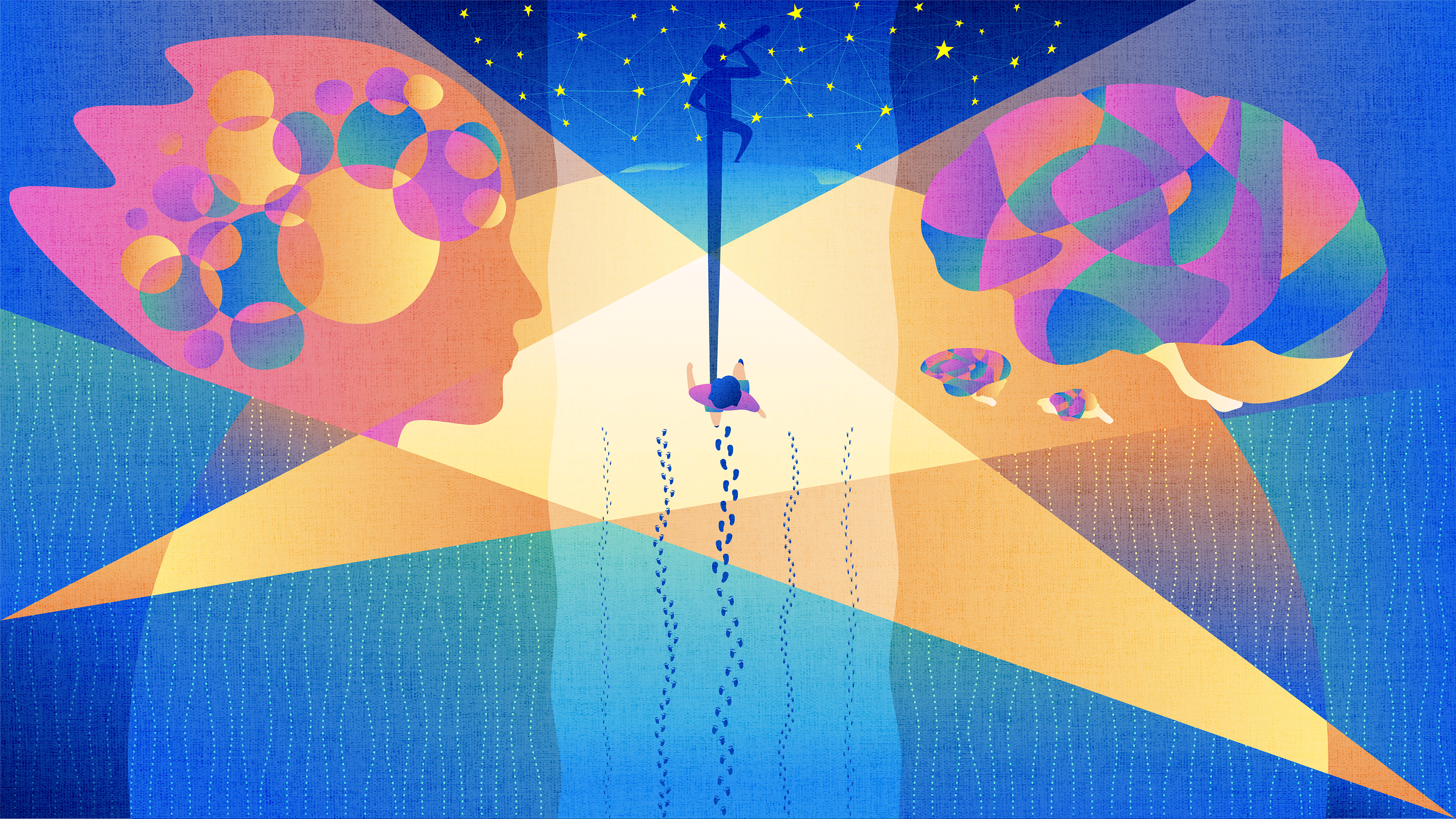-
Jun 26, 2025
- Others
The Japan Agency for Medical Research and Development (AMED) selected 30 subprojects for the priority research topics. -
May 01, 2025
- Press
Type I collagen secreted in white matter lesions inhibits remyelination and functional recoveryThere is still no effective treatment for white matter injury. In addition, the mechanisms underlying impaired…
-
Mar 17, 2025
- Press
Asymmetric projection of introspection reveals a behavioural and neural mechanism for interindividual social coordinationAn international research group led by Kentaro Miyamoto (RIKEN Center for Brain Science) has psychologically i…
-
Feb 25, 2025
- Press
Schizophrenia-related Xpo7 haploinsufficiency leads to behavioral and nuclear transport pathologiesXPO7 haploinsufficiency increases risk of schizophrenia. The research group discovered that Xpo7 haploinsuffic…



Events
-
Jun 11, 2025
- Events
Event Date:17 to Jul 18, 20251st International Symposium on Decoded NeurofeedbackThe meeting aims to bring together researchers conducting DecNef research and discuss new development directio…
-
Jun 09, 2025
- Events
Event Date:Jul 23, 2025JNS 2025 Satellite Symposium: Connecting Digital Brains Across the WorldThis satellite symposium will bring together the speakers from three symposia (1S07m, 2S05m and 2S05a) at the …
